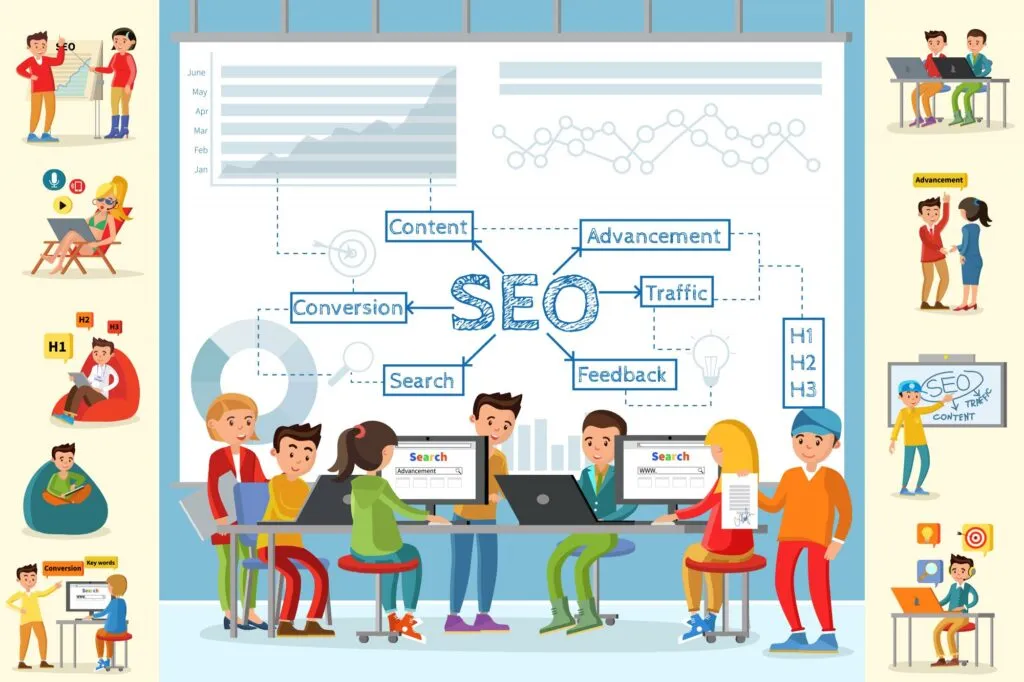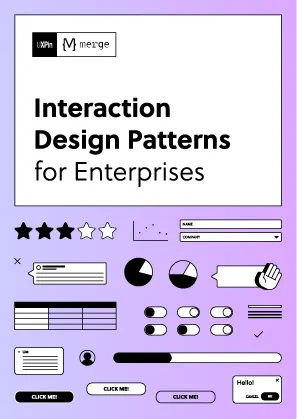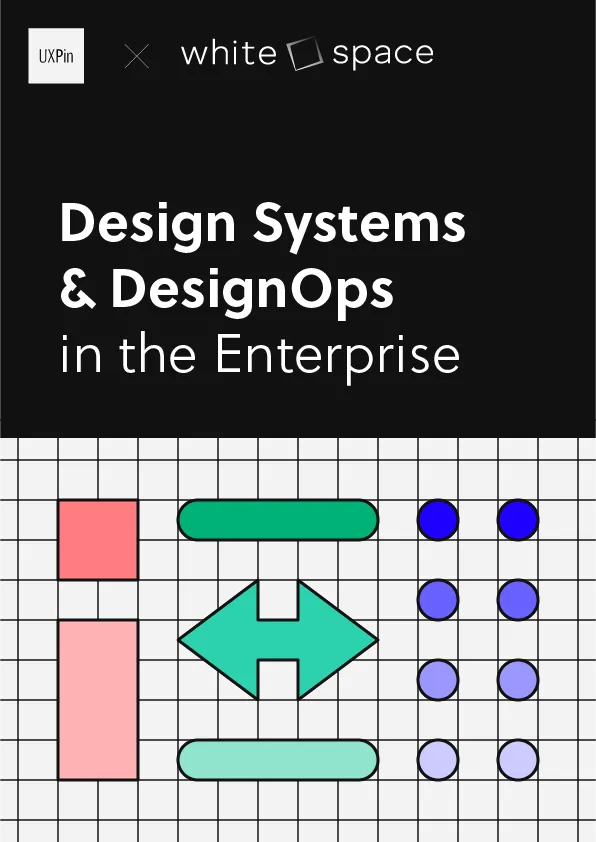Interconnectivity is both a merit and a curse of the modern digital world.
On the one hand, it allows people and devices to work smarter and with higher productivity. On the other hand, it increases the vulnerability of digital systems as a whole, and a disturbance in one place can quickly destabilize and harm the interconnected elements in other places.
Web design and SEO are examples of interconnected elements in digital marketing. Each can enhance the other, but only if essential linking principles are observed, and common mistakes are avoided, such as:
Key principles:
- SEO-Friendly Web Design & Architecture
- AI & Automation
- User-Centric Navigation & UI
- Accessibility & Inclusive Design
Common mistakes:
- Poor Image & Media Optimization
- Thin or Duplicate Content Issues
- Failing to Secure the Website
Curious to know how to observe these principles and avoid mistakes? Here’s what you need to know to align web design for SEO success.

Source: Freepik
Table of Contents
Key Principles Binding Website Design with SEO
First, let’s examine the key principles that connect web design and SEO in their common pursuit of achieving higher brand and product visibility, driving organic traffic, and increasing conversions.
SEO-Friendly Website Architecture
A well-structured website architecture is often called the foundation of web design and SEO. It is equally important for the proper setup and functioning of SEO-optimized web design.
Just like a bedrock is pivotal for the stability and “growth” of the above-standing building, website architecture is crucial to the success of SEO and web design efforts.
Here is how to ensure a well-structured architecture for your website:
- Logical Site Hierarchy. Build content into a clear and logical system of basic categories and subcategories with the right keywords. Use breadcrumb navigation and ensure each page is accessible within 2–3 clicks away from the homepage.
- URL Structure Optimization. Ensure absolute URLs instead of relative ones for improved navigation and indexability (crawlability), and buy backlink packages utilizing a combination of a few links for best results.
- Mobile-First Approach. Prioritize responsive website architecture to optimize for mobile users. Also, consider ways to enhance page loading speeds by shrinking common image sizes and implementing efficient and AI-powered coding.
Utilizing schema markup & structured data is no less important if you want to build a solid foundation for effective SEO and web design strategies.
AI & Automation
Just like digitalization entered every sphere of human activity a couple of decades ago, AI is now transforming and automating everything that was earlier digitized.
To keep up with the pace of modern technological progress, you have no choice but to embrace AI tools to improve the accuracy, efficiency, scalability, and personalization of your SEO and web design efforts.
- AI-Powered SEO Optimization. Here, take a closer look at automated content optimization, keyword research, regular SEO audits, link-building and backlink analysis, spam detection, voice search, and many other AI-powered enhancements.
- Automated Web Design Enhancements. These stipulate adaptive layouts that come with real-time design changes based on user behavior and preferences. Another option to consider is automated A/B testing, which can free you from manual labor and speed up the improvement of various design elements.
What about concrete examples of AI tools?
For business owners and salesmen seeking to improve their sales prospecting initiatives, Vengreso can help engage buyers more productively.
For AI-powered SEO optimization, you have an entire zoo of AI tools to leverage, virtually all alphabet is used in the tools’ first letters, e.g., Ahrefs, Canva, Frase, Grammarly, Hotjar, Jasper, Keyword Insights, Moz, NeuralText, Outranking, RankIQ, SEMrush, Surfer SEO, UberSuggest, WordLift, and others.
Finally, for those of you looking to boost content creation (e.g., writing, image, and video editing), popular Large Language Models (LLMs) like ChatGPT, Claude, and Perplexity can be a real game changer.
User-Centric Navigation & UI
Another vital principle that defines web design for SEO success is user experience and user interface. An intuitive and user-centric interface defines many vital marketing metrics like dwell time, click-through rate (CTR), conversion, time on page, and others.
Both SEO experts and web designers should take user-centric navigation seriously and plan for it from day one.
Consider this: if users find your website’s navigation and UI counter-intuitive and complex, they’ll be more likely to leave, increasing bounce rate and sending alarming signals to search engines like Google to downgrade your site in SERPs.
Following only a few best practices for user-centric navigation can save your SEO and design efforts:
- Logical hierarchy
- Simplicity and clarity in menus, buttons, interactive elements, lists, etc.
- Predictable/repetitive patterns
- Readable fonts & eye-pleasing contrast
In chasing these web design and SEO principles, don’t forget that in the modern digital world, less often means more, i.e., smart use of the whitespace, fewer but more functional navigation elements, and less text often work better than their opposites.
Accessibility & Inclusive Design
Google, Bing, Yahoo, Firefox, and other search engines favor inclusive design and websites that are made equally accessible for people with disabilities. Such sites get top places in Google’s search results, including Knowledge Panels, Featured Snippets, and People Also Ask (PAA) sections.
Therefore, we include accessibility and inclusive design in our list of core principles that are equally important for web design and SEO.
Inclusive design means greater adaptability for diverse cultures and a wide range of user needs. That said, some of the best practices in inclusive design are:
- Color Contrast Optimization
- Multiple Content Formats
- Component-Based Design
- Scalable text and other design elements
Inexperienced marketers often underestimate accessibility and inclusivity and make all sorts of mistakes, such as:
- Missing alt texts in images
- Inserting non-descriptive links
- Artificially narrowing down navigation options to mouse-only
- Introducing overly complex animations, disrespecting the varied preferences and needs of their visitors.
These are basic and simple things, which, nevertheless, have a powerful effect on tangible KPIs in your SEO and web design, such as conversion rate, user engagement, bounce rate, etc.
Common SEO and Web Design Mistakes to Avoid
Web design and SEO mistakes in inclusivity and accessibility are only the tip of the iceberg. Extrapolating into a famous Maslow’s Hierarchy of Needs, this would account for the top layer, the esteem and self-actualization aspects.
However, there are also many more essential fallacies that people can succumb to. Let’s explore some of the most widely spread ones in 2025.
Poor Image & Media Optimization
Media, mainly images and videos, is what people click on the most when browsing websites. This is an innate thing rooted in our physiology — the human brain and vision can process visual information thousands of times faster than a textual one.
Not acknowledging this psycho-biological trait is the most serious mistake a marketer can make. But what do we actually mean by a good image and media optimization? A few things:
- Optimized size — reasonable size of images for humans to grasp the details and for search engines to effectively crawl such pages with plenty of images. The best SEO practice is keeping an average image size below 55 kb, and the ideal format is WebP.
- Properly named image and video files — instead of using vague and generic 1234image.webp, sites should have website design with SEO-optimized images with meaningful names, e.g., “a-woman-coach-working.webp).
- Unique, original images — instead of relying on stock images from popular file servers (like Pixels), web administrators should utilize original images and custom screenshots.
- Lazy loading — an optimized or delayed loading of offscreen images when they are kept inactive (not stressing servers’ and PCs’ resources) until a user actually clicks or scrolls to them.
An SEO-optimized web design that accounts for all these image optimization techniques will perform much better in UX/UI and in connection to search engine algorithms, boosting user experience and rankings.
Thin or Duplicate Content Issues
Here, we combine two common issues with website content — thin and duplicate content. Both have a notable negative impact on web design and SEO performance, but they differ in nuances of how they affect this performance.
Thin content is a rare example of when less is not more in the world of SEO. Basically, it’s about providing less information than a website or particular page implies. Search engines, as well as users, view this situation negatively, and they will be less likely to rate such pages well.
Here are some common manifestations of thin content:
- Auto-generated content utilizing AI assistants
- Pages with insufficient word count
- Overly standardized content templates like similar pages, forms, etc.
The thin content mistake doesn’t only refer to the low volume, but also to the inability of the information to bring value, answer user questions, or deliver novelty.
On the other hand, duplicate content stands as equally harmful for SEO (visibility and ranking), but it represents the opposite, an extreme side of the same problem.
Duplicate content gets easily spotted by search engines’ algorithms and human visitors. The result is no less detrimental for SEO website design — low user engagement, trust, and poor search rankings.
Failing to Secure the Website
Finally, even if all the above mistakes are acknowledged or avoided altogether, businesses often tend to underestimate the security of their websites. However, no matter how tight one’s security measures and vigilance are, breaches do happen, and websites lose information and, with it, clients’ trust.
Striking a perfect balance between security and SEO/web design optimization is what digital marketers should aim to achieve. Should you impose too many security checks and make your website code overly heavy with sophisticated security protocols, you risk damaging the responsiveness of UI and increasing visitors’ bounce rate.
If it’s important to find the right balance between SEO and cybersecurity — why not do that out with a few expert tips? Staying in cybersecurity silos has never done any good, and companies can only benefit from exchanging information and insights to prevent new and upcoming threats.
These are what experts believe to be the most common website security mistakes:
- Lack of HTTPS (SSL Certificate)
- Weak or Default Passwords
- Outdated Software & Plugins
- Lack of Regular Backups
- Poor User Role Management
Finally, a lack of anti-malware software that performs regular vulnerability and threat scans is yet another common problem. Trying to save on anti-malware/virus subscriptions, website owners risk losing much more money in case of information breaches and reputational damage.
Final Thoughts: Achieving a Balanced and High-Performing Website
In digital marketing, what defines winners from the rest is the combination of several factors working synergistically for the common good. In other words, no single binding principle or security measure discussed in this article can take you far unless you combine them with other factors.
Tellingly, based on the recent developments in the field, we can confidently say that AI and AI-empowered automation emerge as an overarching driving force that fuels website development and growth.
Today, high-performing sites are the ones that utilize various AI tools for SEO website design and protection from security threats. And there is no alternative to embracing AI and learning how to leverage the latest tools; otherwise, the competitors who do so will leave you far behind.

